
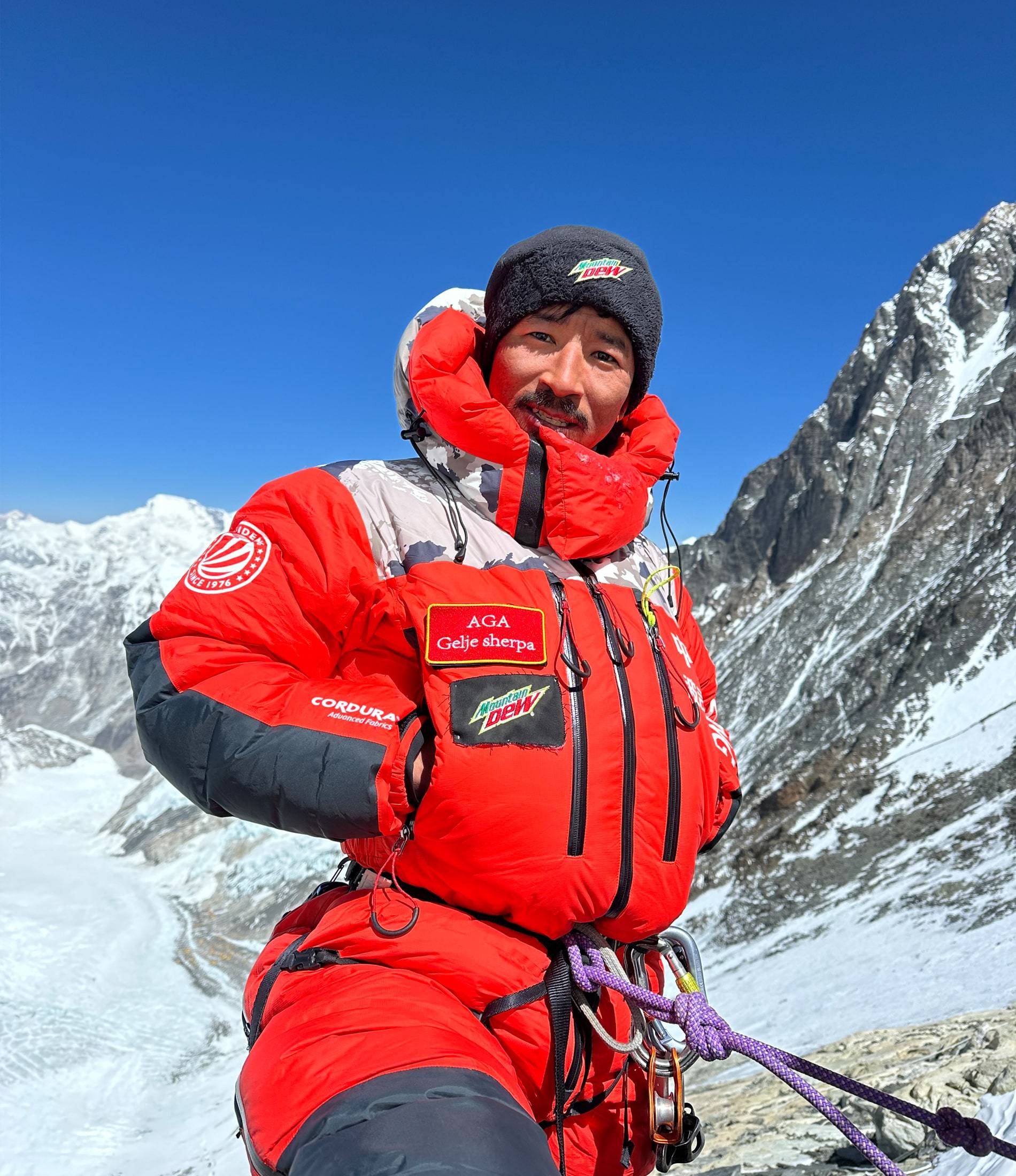

An Interview with Gelje Sherpa
Born in the shadow of the world’s highest peaks and forged on their flanks, Gelje Sherpa is one of those mountain men on whom rests the quiet burden of other people’s dreams, as well as his own.
A highly accomplished mountaineer and expedition guide, with over forty 8000m summits to his name, Gelje recently stood atop Everest - his tenth summit of the world’s highest mountain - with Mitch Hutchcraft, as the culmination of Mitch’s Project Limitless.
A man with many achievements to his name, this is a stark and illuminating portrait of Gelje’s culture and beliefs. It's also a gripping account of his exploits and their impact on the shape of modern mountaineering.
This is the story of a man carved from the very granite he treads.
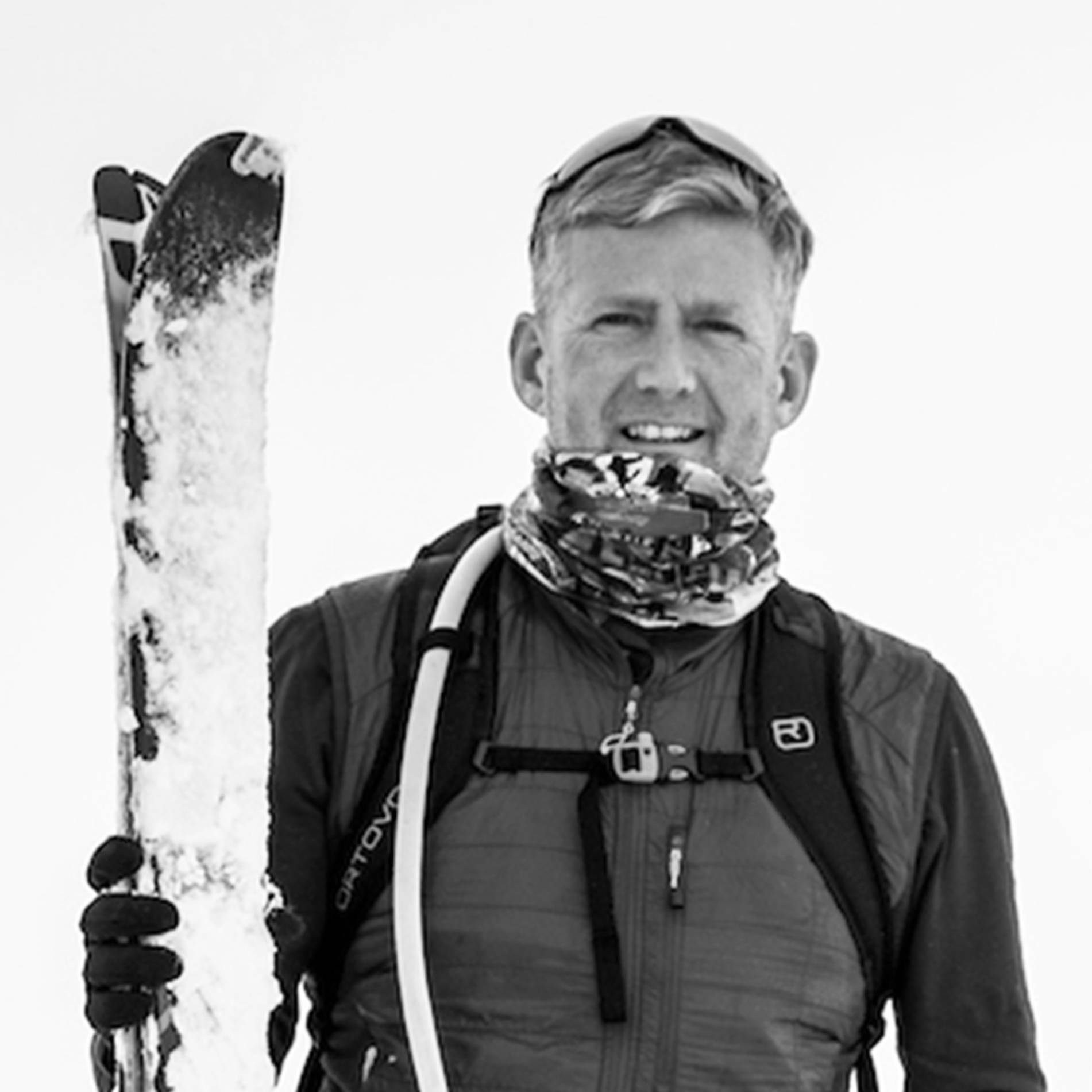

An Interview with Gelje Sherpa
Born in the shadow of the world’s highest peaks and forged on their flanks, Gelje Sherpa is one of those mountain men on whom rests the quiet burden of other people’s dreams, as well as his own.
A highly accomplished mountaineer and expedition guide, with over forty 8000m summits to his name, Gelje recently stood atop Everest - his tenth summit of the world’s highest mountain - with Mitch Hutchcraft, as the culmination of Mitch’s Project Limitless.
A man with many achievements to his name, this is a stark and illuminating portrait of Gelje’s culture and beliefs, and his exploits and their impact on the shape of modern mountaineering.
This is the story of a man carved from very granite he treads.
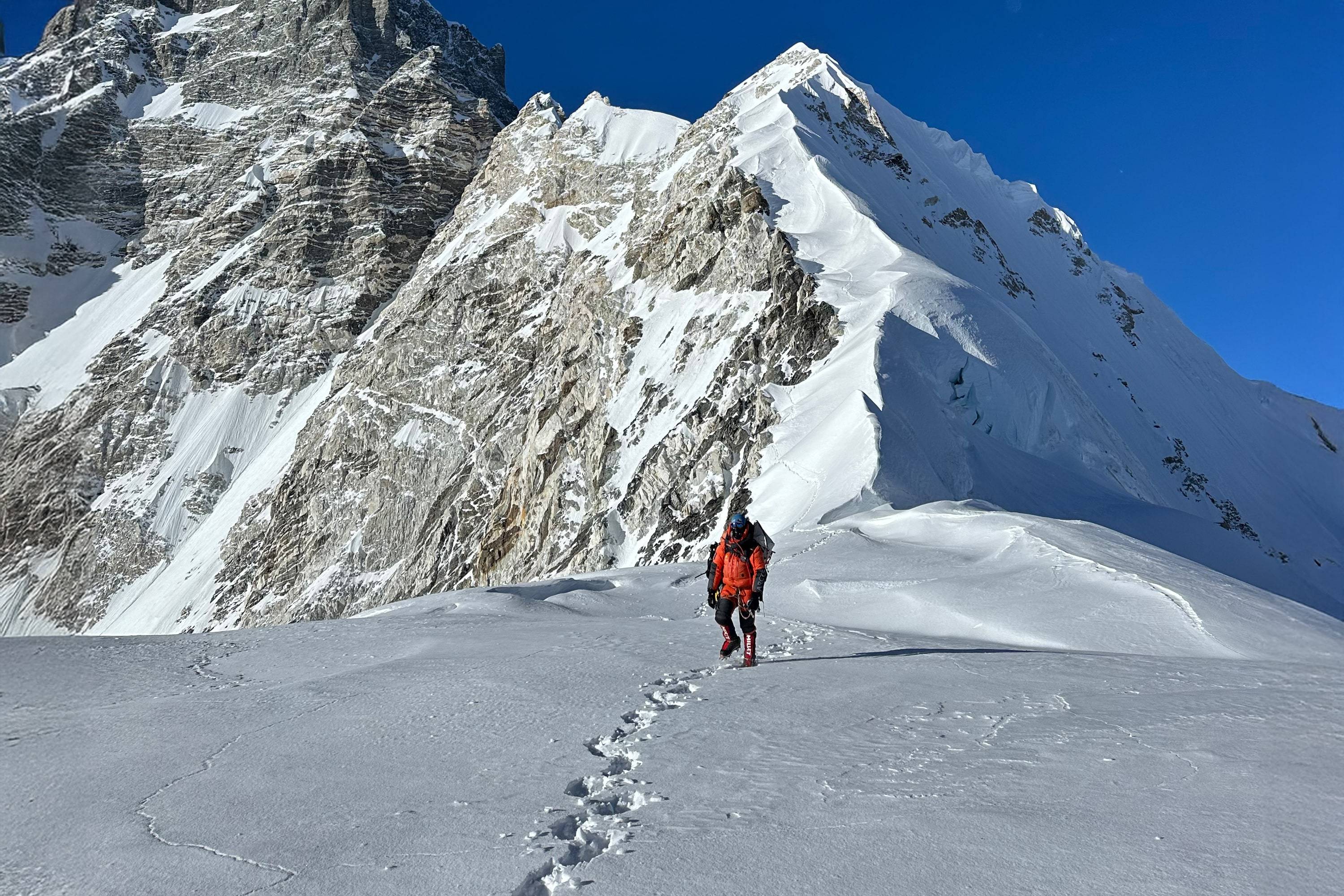
Tell us about growing up in the mountains. How did you spend your time as a youngster? When you look back on your youth, is it obvious you’d become a professional mountaineer and guide?
Gelje: Growing up in my village was very hard. We lived in a small town called Tapting which was home to maybe 20 to 30 other families. We were far from any main road so we lived off what we grew in the village and everyone helped each other out. That being said, my childhood consisted mainly of helping my father. When I was eight years old my mother was poisoned and she passed away. The villagers were jealous of my father’s success as a guide and so they took it out on my mother. It was a horrible time for me and my brothers and sisters - I had one older brother, one older sister and one younger sister who was just born. I ran away many times, I didn’t go to school and I found jobs that paid me in food rather than money.
“The mountains were always there in the background, I can see Everest from my village, they were like a calming constant that never changed.”
Eventually when I was old enough I joined my father as an assistant and climbed my first mountain, Mera Peak (6400) at 13 years old. I didn’t know if I would become a professional guide - in our village there weren’t any mountaineering guides so I don’t think I really had that idea in my mind. But I found out I was pretty good at it when I joined the Khumbu Climbing Centre for training. I then became an icefall doctor and fell in love with the mountains - that’s when I knew I would one day guide.
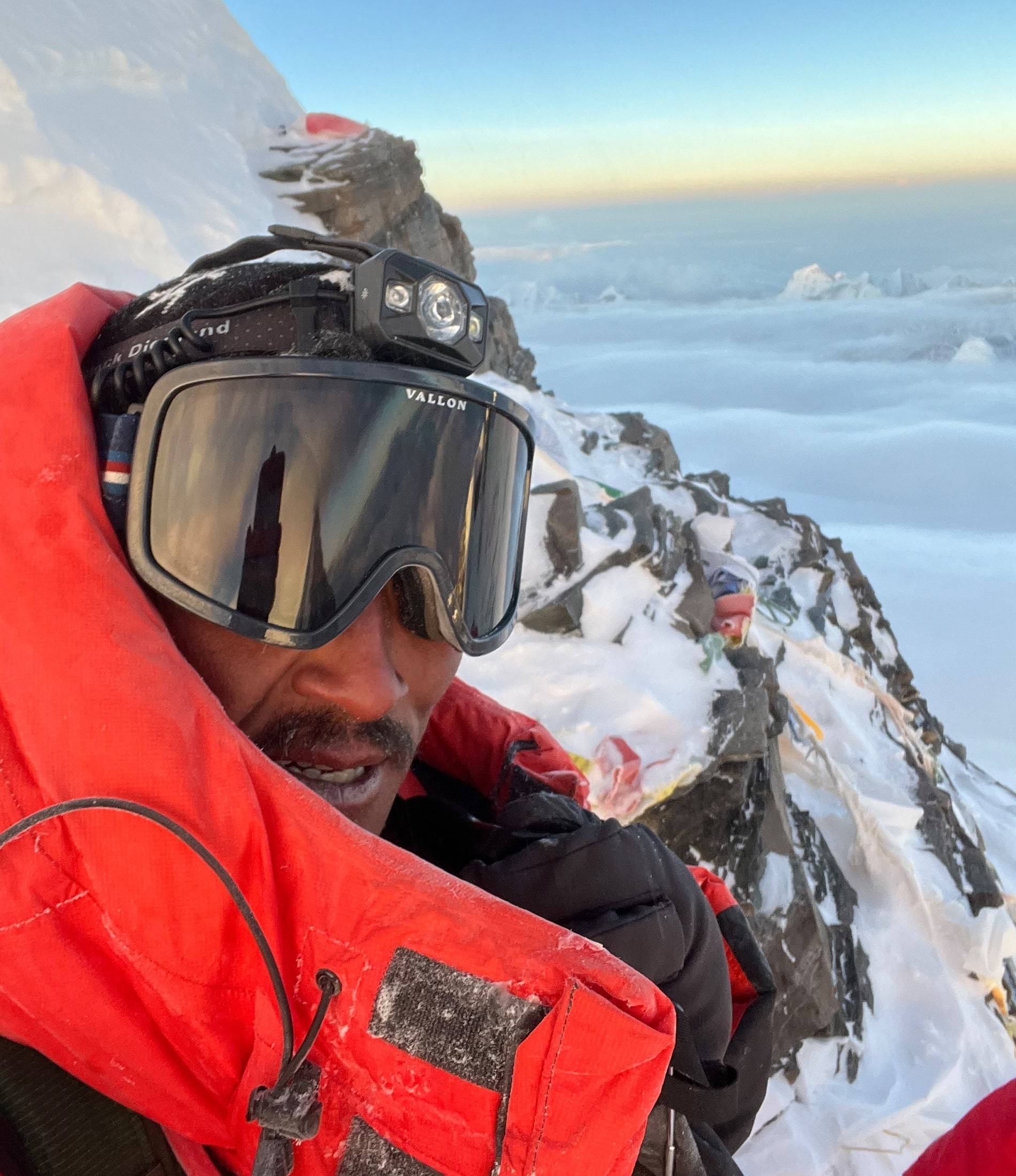
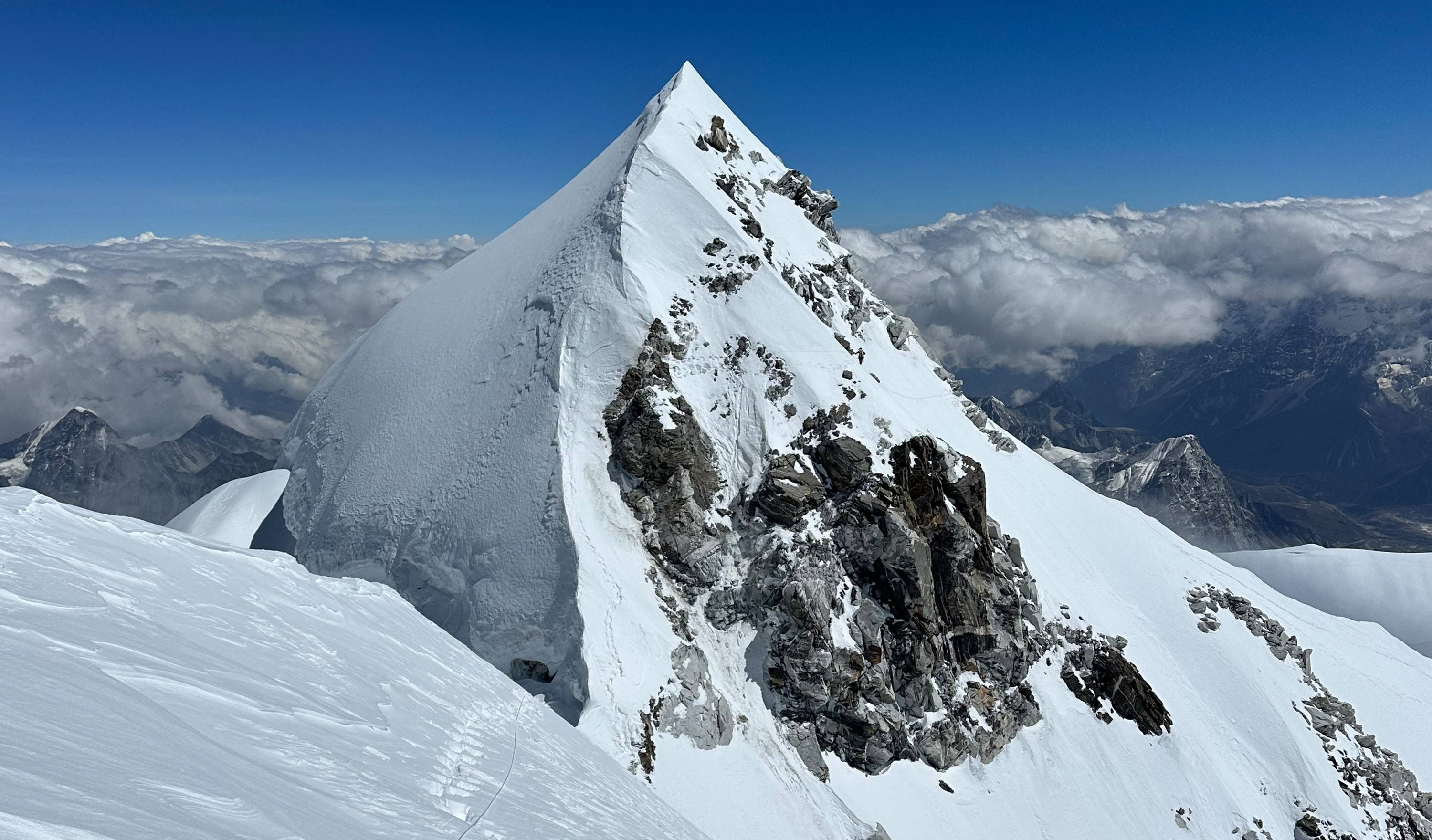
What were your earliest experiences of expeditions to high altitude, and when did they begin? How did these early climbs shape your outlook or ambitions?
I climbed my first ever peak, Mera Peak (6400m) at age 13 with my father. It was actually an accident and I wasn't supposed to summit, but I got scared at high camp alone and followed their footsteps with a flask of hot water and biscuits.
After that I roamed around the Lukla area finding random jobs to keep me afloat. Eventually I joined the Khumbu Climbing Centre and got all my qualifications. I then became a Khumbu Icefall doctor - the most dangerous job possible on the mountains - for five years. I dreamed of one day reaching further than just camp 2.
I got scouted by an expedition company to guide on Manaslu which became my first 8000m peak summit. I then grew as a guide and got chosen to become the lead fixer on the Project Possible team with Nimsdai. With him I climbed nine 8000m peaks.
My outlook had always been that guiding and climbing was a job, not necessarily a passion and not something I could do on my own - but as soon as I completed Project Possible and developed a platform on social media, everything changed! I started creating my own projects like Cho Oyu Nepal-side, and completing my 14 peaks and it really became a passion and still is today! Now I get to share that with Adriana and also through AGA Adventures.
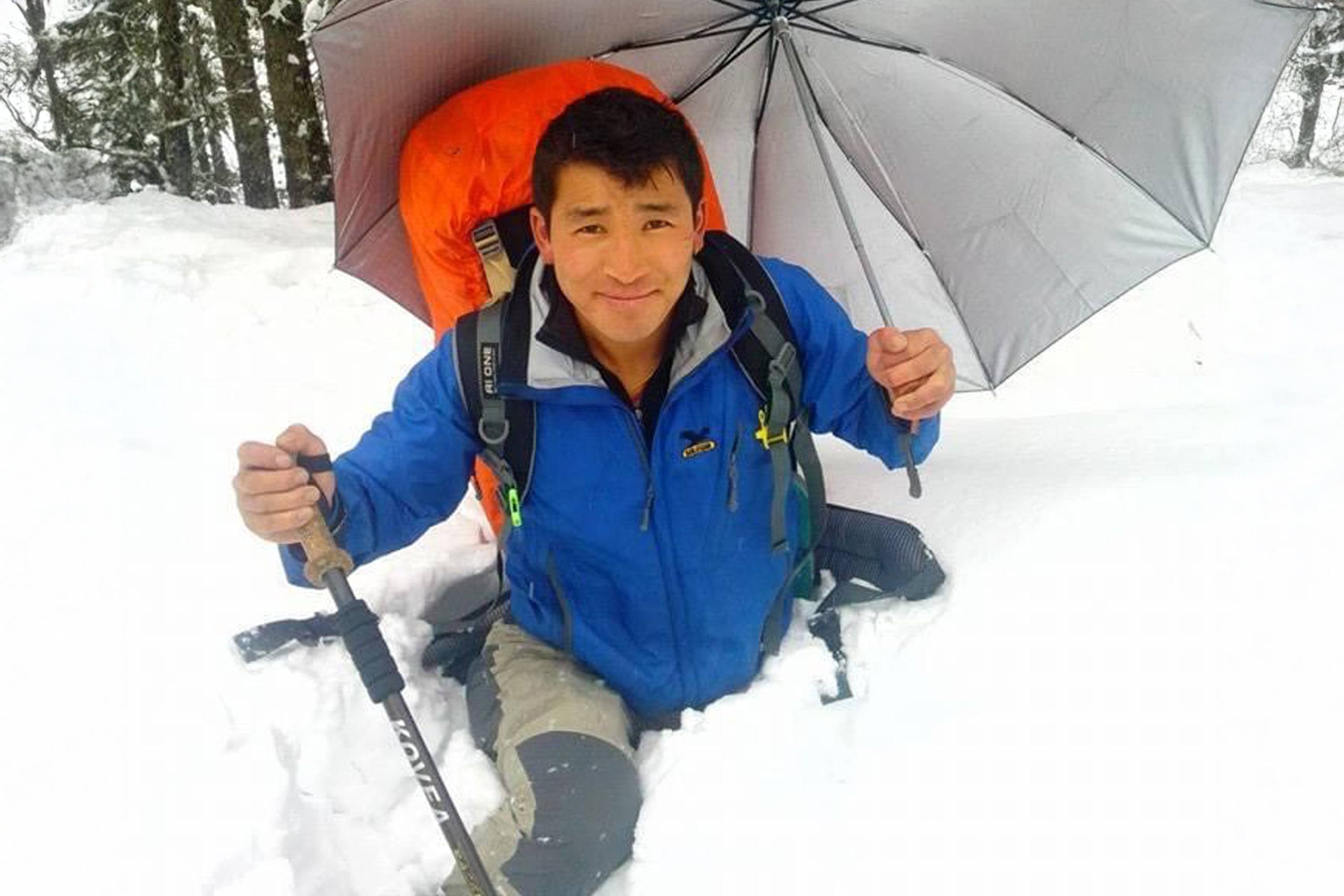
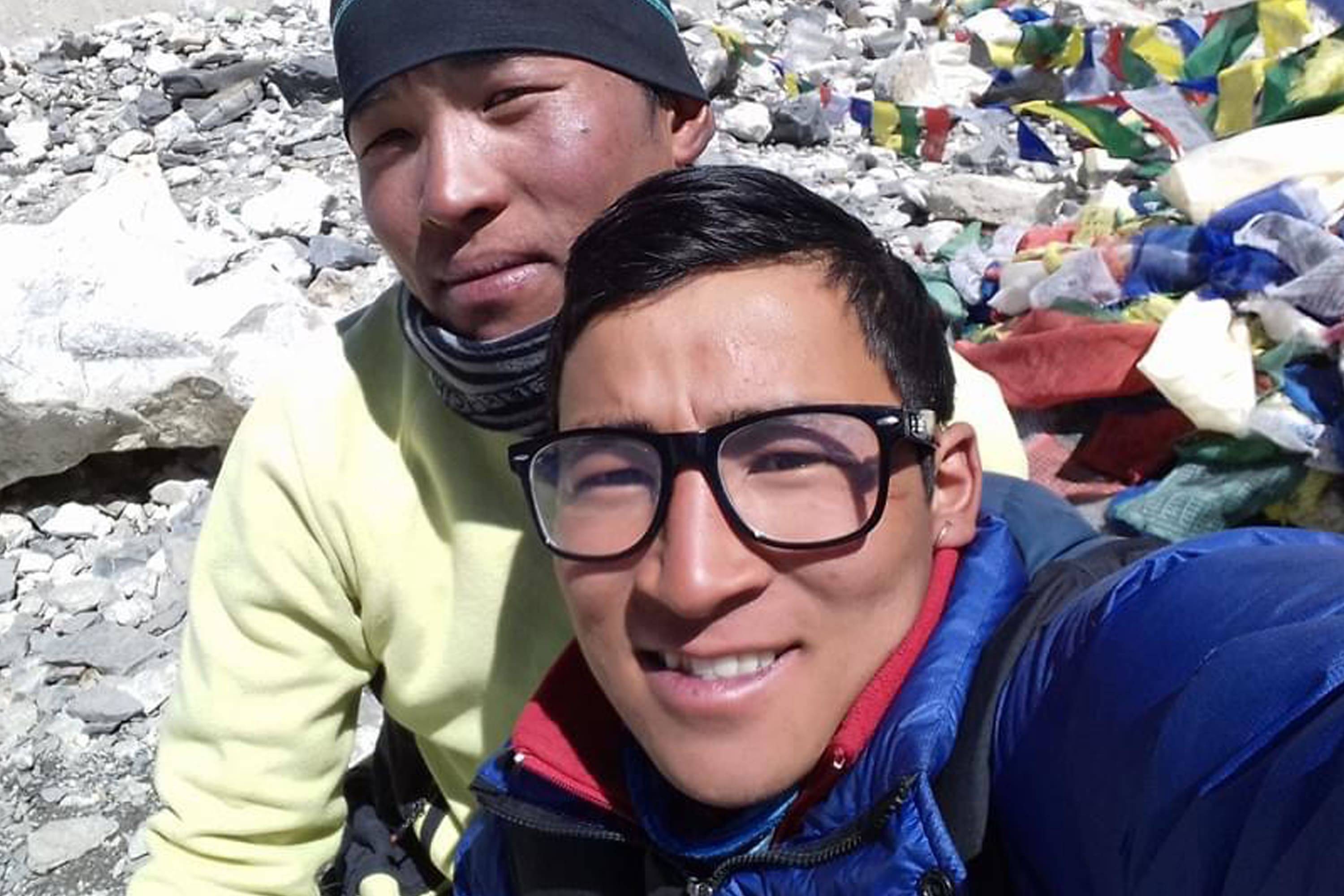
You have summited many mountains now. Do any stand out in particular? Do any of them hold a special place in your heart?
Cho Oyu Nepal-side for sure, and also K2 Winter. These were my two biggest mountaineering achievements to date and I will forever be proud of them and for that reason those mountains are very special to me.
Cho Oyu Nepal-side was done in memory of my best friend Ashok Rai, who passed away three years ago. He was my biggest supporter with Adri and he helped me with my Cho Oyu project at the very beginning, so it really holds an extra special place in my heart.
The word ‘Sherpa’ is often used casually by people who don’t know the full meaning. What does being Sherpa mean to you?
Sherpa is my family and my culture. For me it has never been associated with climbing or being a guide, that's just my job, but I am still human and I am still Gelje Sherpa.
“Being Sherpa is being respectful, hard working, incredibly adaptable and strong. We are kind people.”
Our Sherpa community dates back hundreds of years when we fled from Tibet and entered Nepal seeking a better life. Our lives were never easy and they still aren't but we are slowly finding our voice and creating better lives for our future generations!

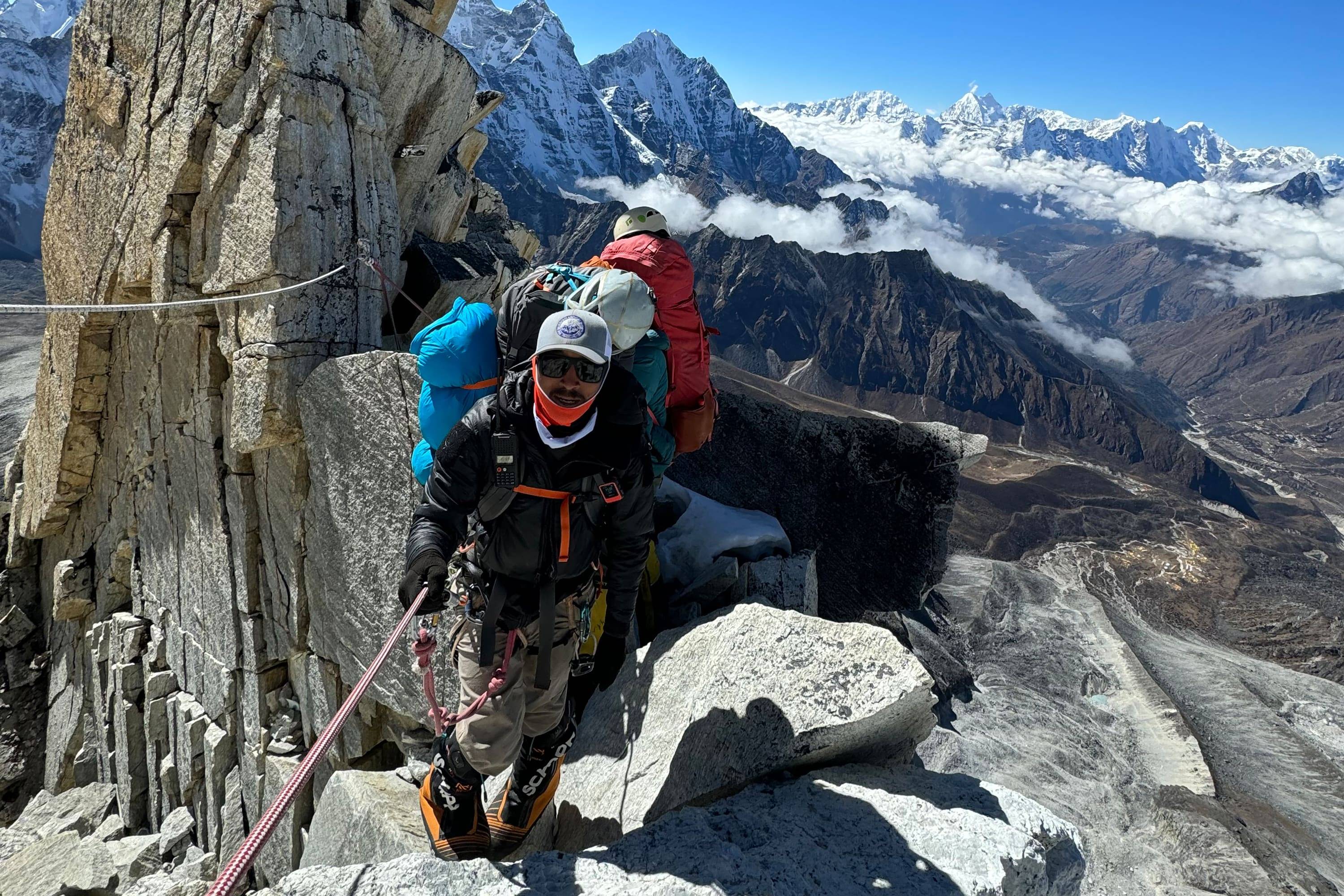
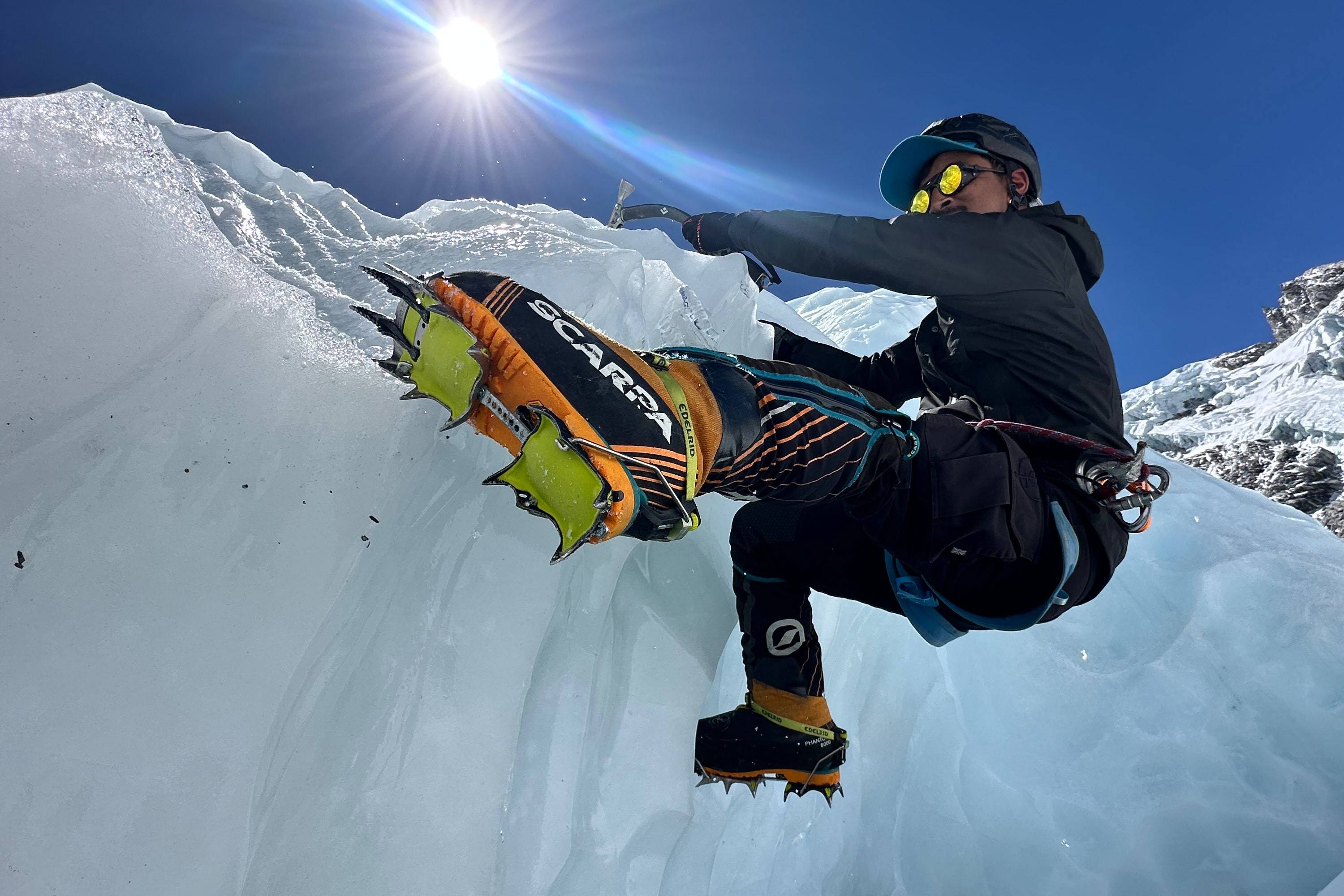
Life as a Sherpa on expeditions is often unrecognised or misunderstood by those outside the community. What do you wish more people understood about your culture, your work, and the realities of mountain life?
What I wish more people understood is the important and often overlooked role that Sherpas play in every expedition. Our work is deeply connected to our culture and the realities of mountain life. When someone reaches the summit, it’s important to remember that Sherpas are the foundation of that success. We do the hard, dangerous, and often unrecognised work - carrying heavy loads, often over 20 kilograms, setting up camps high on the mountain, fixing ropes across dangerous ice and steep slopes, and making the path safe for climbers. Without our constant effort, these expeditions would not be possible.
For a long time, people didn’t fully appreciate or respect the effort and skill Sherpas bring. Many treated us unfairly, saying things like, "We’re paying you, so you have to do what we say," without understanding our deep knowledge of the mountains or the real risks we take. I’m happy to see that this view is slowly changing, but there’s still more work to do for full respect and recognition.


In 2023 you made headlines after giving up your own summit to carry out a high-altitude rescue on Everest, saving the life of a climber who likely would not have survived otherwise. Tell us about what happened - and what went through your mind during the rescue?
I was at The Balcony (8400m) on Everest with my own clients from China, they were on an important mission, to paraglide off the summit. I saw a man on his own, shaking in the corner with no one around him. I walked up to him and realised very quickly he was not okay, he was barely conscious.
In that critical moment on Everest, I realised something very clearly: for me, reaching the summit is never the most important goal. My real and constant goal is always to make sure my client reaches the summit safely - and comes back down safely too. Of course, getting paid matters, but for me, there are more meaningful things than money. In that very difficult situation, my Buddhist faith and spiritual beliefs strongly guided me and gave me the strength to act.
My heart simply wouldn’t let me walk away and leave someone dying on the mountain. I couldn’t accept the idea of leaving a person behind in such a dangerous and helpless state.
“My heart and conscience told me clearly: I had to help. Just thinking about walking past him felt completely wrong.”
I told my clients that I had to save this man's life. They didn't understand what I was saying, and they were angry! They had to return from their summit push. I took the man and wrapped him in whatever I had, after many long hours I got him down to Camp 4 by a combination of carrying him on my back and dragging him through the snow.
My faith teaches me that when you do good things and help others, good karma will follow. For me, the deep joy of saving even one person in such a desperate moment is more than enough to bring peace and happiness to my life. The core teaching of my religion - compassion and helping others - is exactly why I had to act. It wasn’t something I stopped to think about. It was a natural, powerful feeling inside me that came straight from my beliefs and the deepest part of my heart.
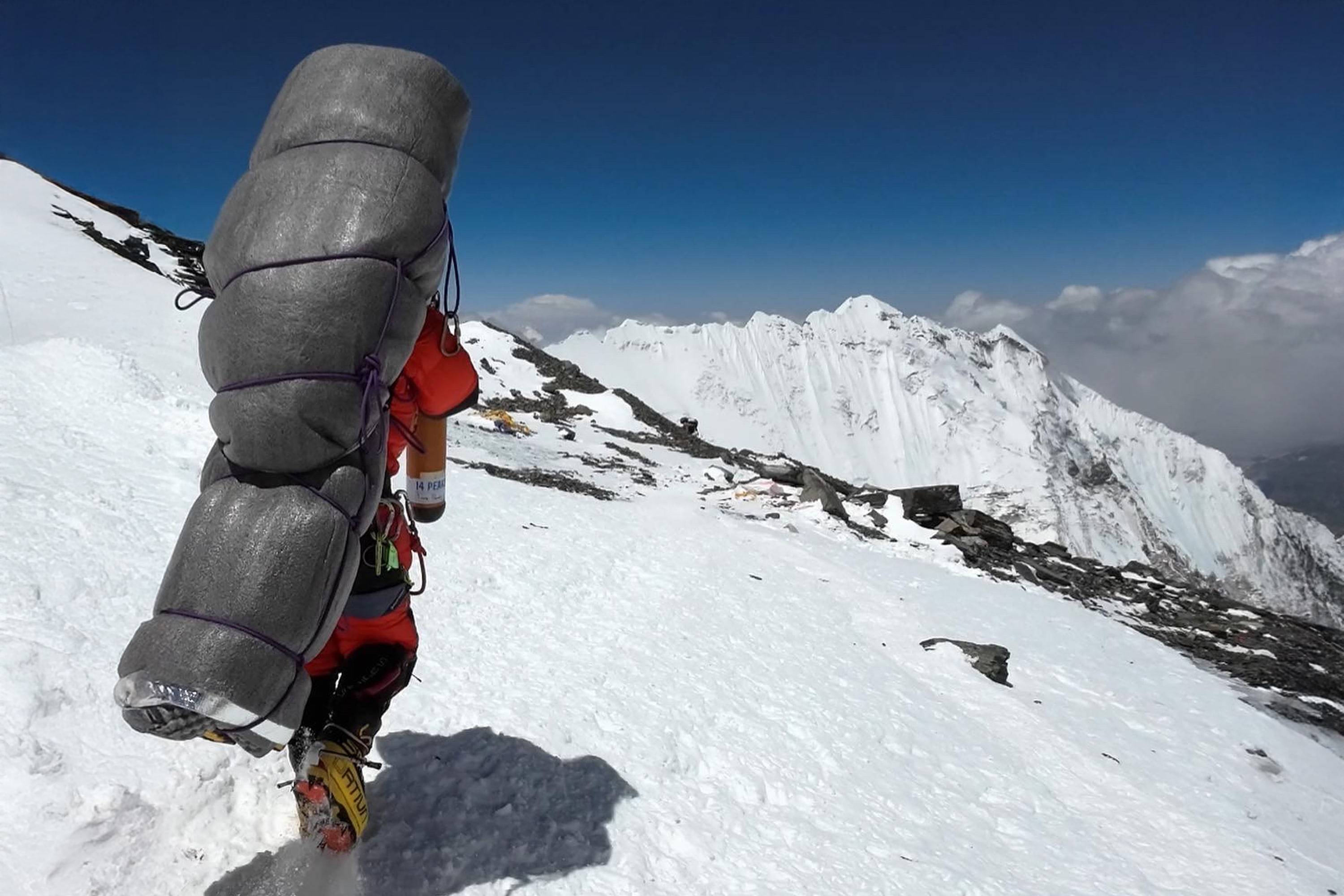
You recently stood on the summit of Everest with Mitch Hutchcraft. How would you describe your relationship, both on and off the mountain? Did he make a good climbing partner?
Standing on the summit of Everest with Mitch was such a fun and rewarding experience, and our bond, both on and off the mountain, grew incredibly strong. While climbing, our relationship grew into something like that of brothers. While we were climbing, facing the challenges of Everest together, our connection grew stronger, becoming a relationship of mutual respect and camaraderie, rather than just guide and client.
For me, it didn't feel like simply climbing the mountain in a typical guide-client dynamic; it genuinely felt like we were brothers pushing towards a shared goal together. Despite having undertaken such an arduous journey, covering 13,000 kilometers with immense hard work, he never appeared tired. He maintained focus on his goal, and that kind of spirit is truly inspiring. I look forward to climbing with him again!


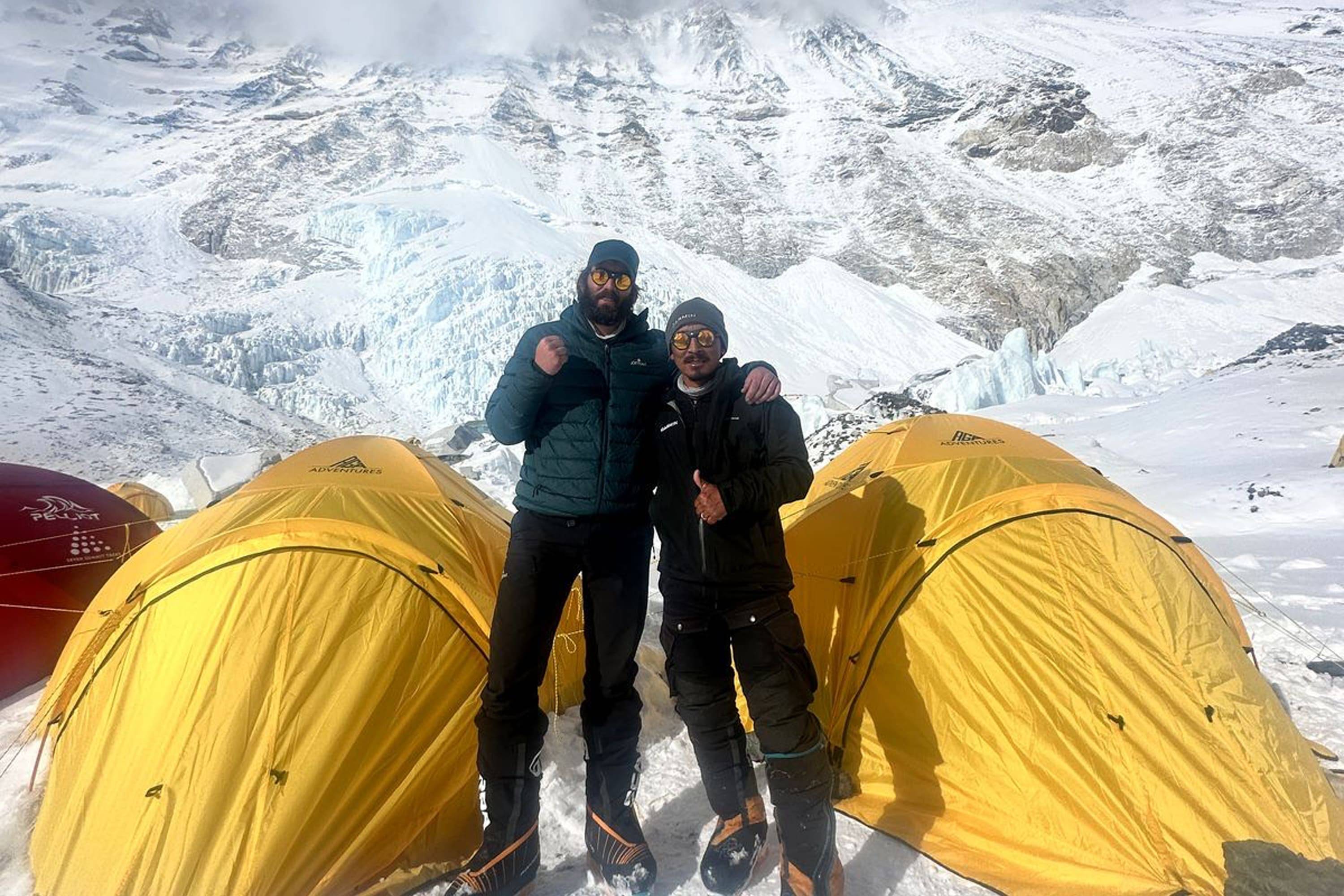
As an expedition guide you unlock dream adventures and experiences for your clients, which must be very rewarding. But, do you have any specific personal goals on the horizon?
It is very rewarding to help clients achieve their dream adventures and experiences in the mountains.
As for my specific personal goals, my main objective for quite some time was to successfully open the route on Cho Oyu from the Nepal side. This was a great challenge, as the Nepal side is not established for commercial climbs compared to the Tibetan side. I am immensely proud to say that I was able to achieve that goal in 2024. This was not just a personal climbing achievement, but also an effort to create new possibilities for the mountaineering community from our own country.
Now, looking ahead, my next primary goal is an ambition deeply rooted in my love for the Himalayas and my desire to contribute further to mountaineering.
“Firstly, I want to continue to climb more peaks myself. The mountains are my home, and there is always more to explore and experience.”
Secondly - and perhaps even more importantly - I want to dedicate my efforts to commercialising the route I opened on Cho Oyu from the Nepal side. The vision is to establish this as a viable and regular climbing route, so that Cho Oyu can also be consistently climbed from Nepal. This would not only provide a new avenue for climbers but also bring focus and potential economic benefits to our region. It's a big undertaking to make that route fully operational for future expeditions, but it's a goal I am incredibly determined to see through to completion, ensuring more people can experience the majesty of Cho Oyu from this side.
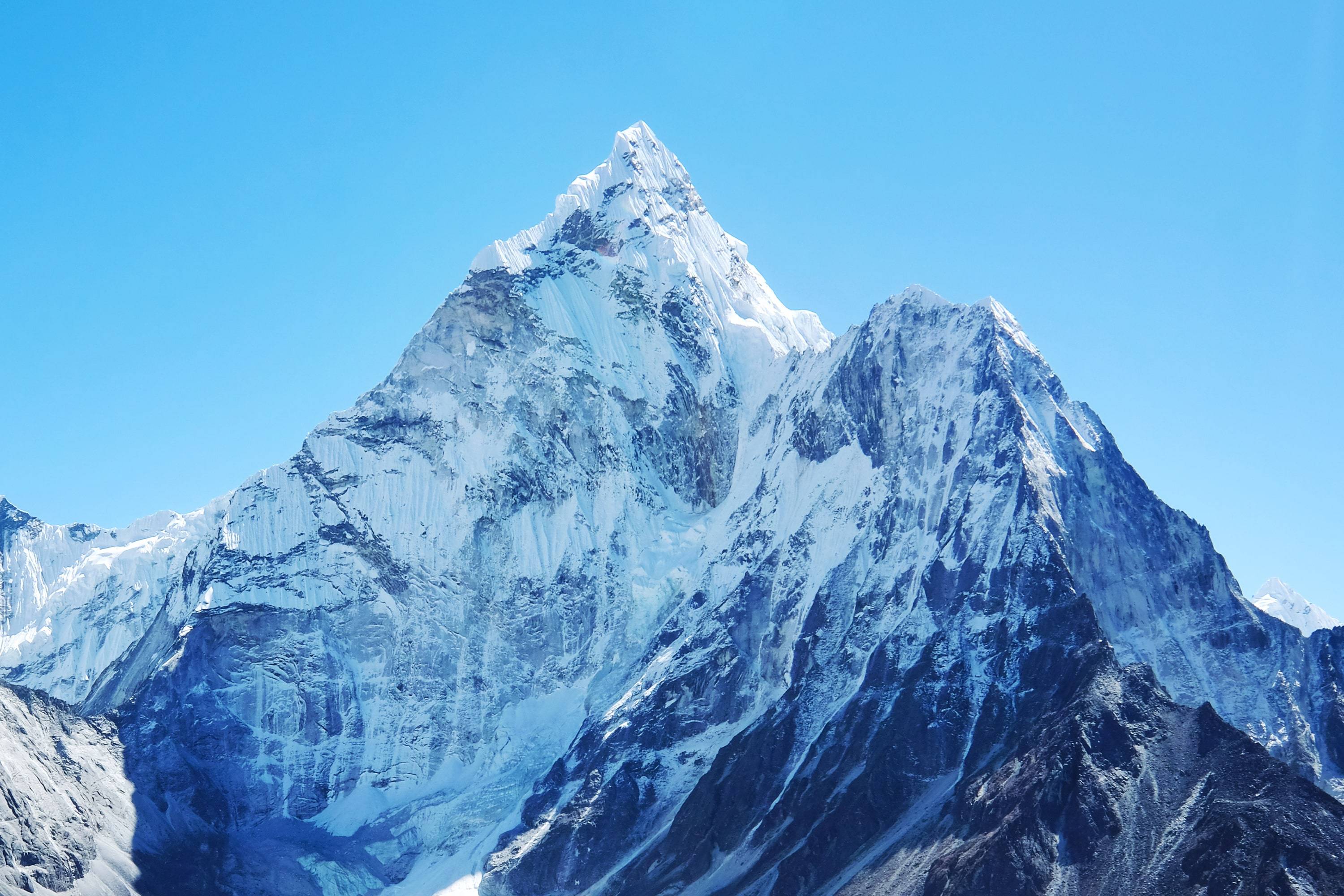


Gelje is the co-founder of expedition company AGA Adventures, which he runs alongside Adriana Brownlee - another pioneering figure in modern mountaineering. Read our interview with Adriana here:
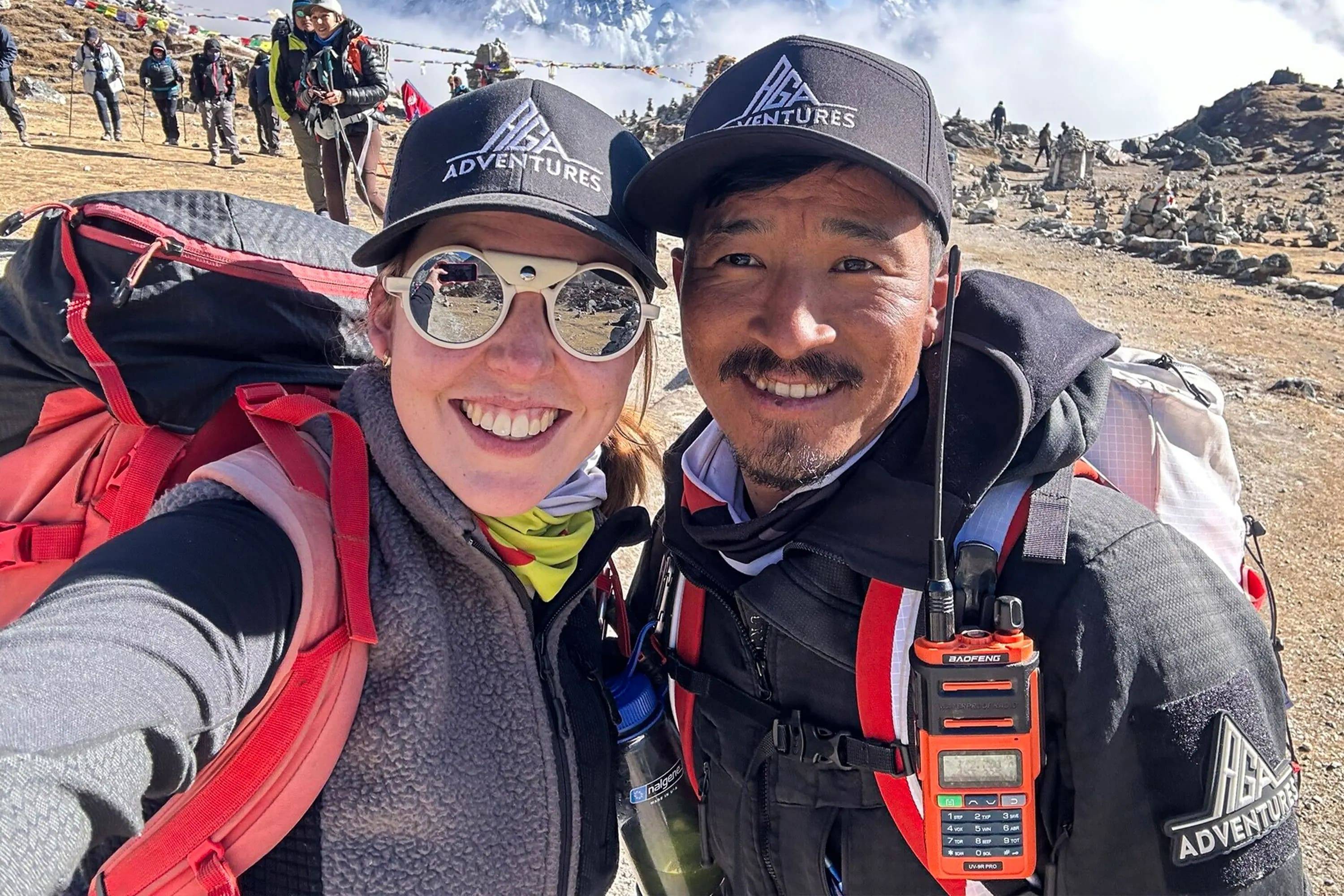

Gelje is a high-altitude mountaineer and co-founder of expedition company AGA Adventures, which he runs alongside Adriana Brownlee - another pioneering figure in modern mountaineering. Read our interview with Adriana here:
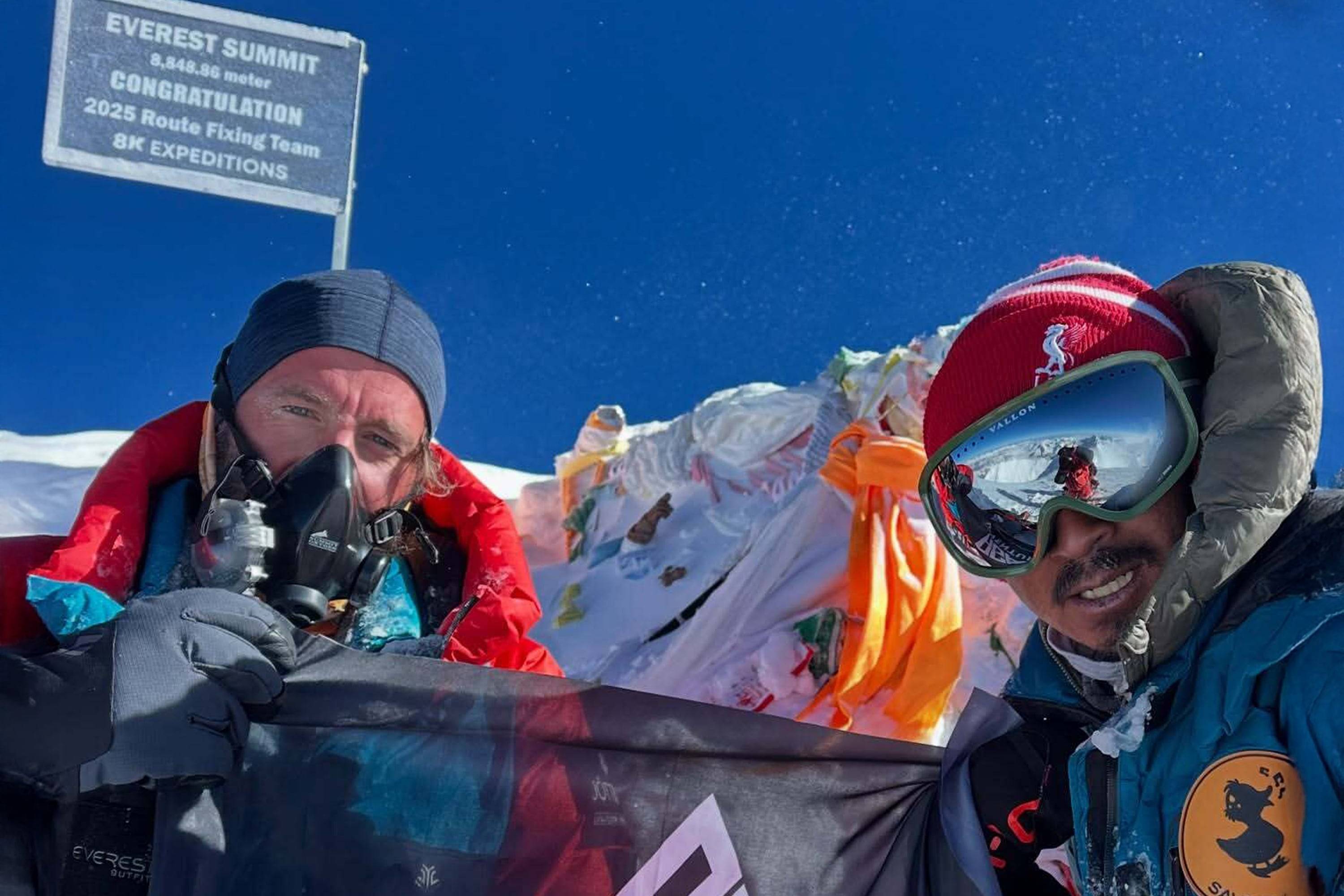
As the culmination of Project Limitless, Gelje guided Mitch Hutchcraft to the summit of Everest in May 2025. A phenomenal 13000km odyssey of many months through many countries, it was an historic journey to the roof of the world. In case you missed it, here's how it unfolded:


As the culmination of Project Limitless, Gelje guided Mitch Hutchcraft to the summit of Everest in May 2025. It was a phenomenal odyssey of many months through many countries. In case you missed it, here's how it went:

